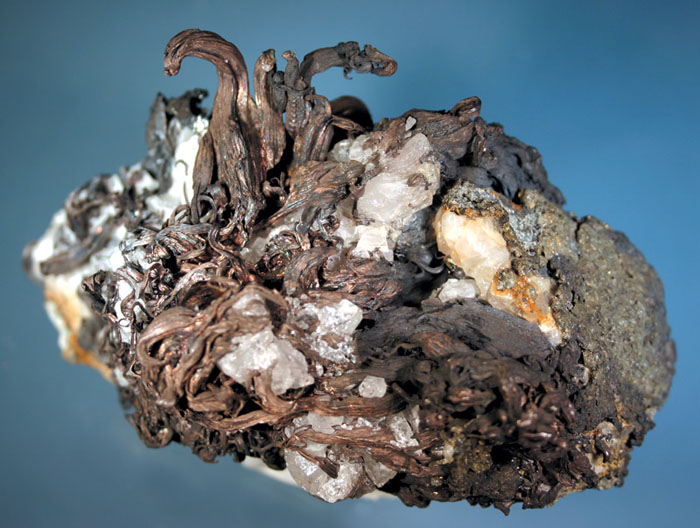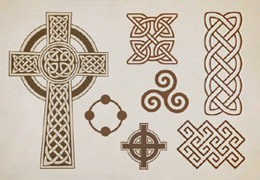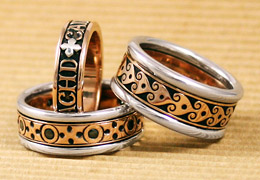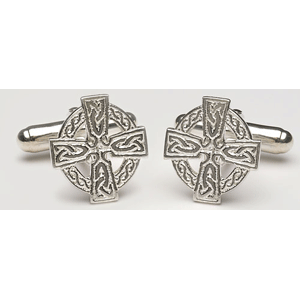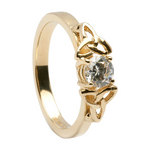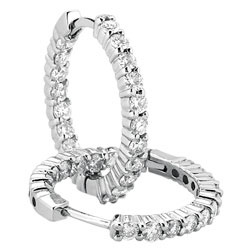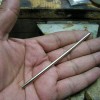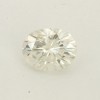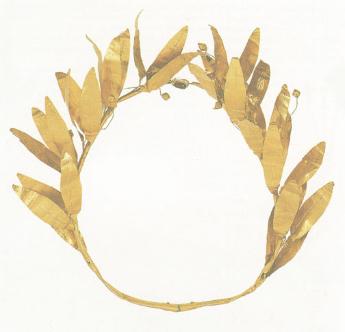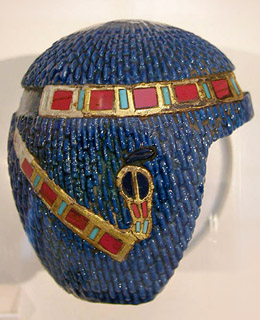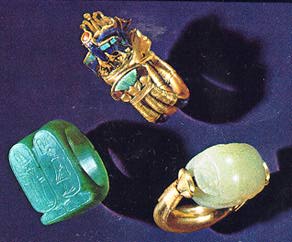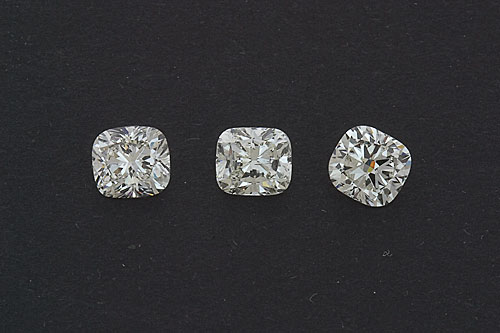Everything You Need to Know about Gold…and More!
Golden Facts:
Gold is the most popular metal used in jewelry making. Here are some other uses of this precious metal:
- McLaren F1 uses gold foil in the engine compartment
- Gold is used in astronauts’ helmets
- Gold can be used in food. Goldwater, traditional herbal liquor produced in Poland and Germany, contains flakes of gold leaf. There are also some expensive ($1000) cocktails which contain flakes of gold leaf.
- Gold is used in the connectors of expensive electronic cables like audio, video and USB cables
- Gold is used in computers, communications equipment, spacecraft, and jet aircraft engines
- Colloidal gold (also known as “nanogold”, is a suspension (or colloid) of sub-micromete-sized particles of gold in a fluid – usually water) is used in research applications in medicine, biology and materials science. Colloidal gold is also the form of gold used as gold paint on ceramics prior to firing.
- It is used for the protective coatings on many artificial satellites
- It is used in infrared protective faceplates in thermal protection suits
- It is used in electronic warfare planes like the EA-6B Prowler
- Gold is used as the reflective layer on some high-end CDs
- The isotope gold-198 is used in some cancer treatments and for treating other diseases
- Gold leaf, flake or dust is used on and in some gourmet foodstuffs, notably sweets and drinks as decorative ingredient
- Gold alloys are used in restorative dentistry, especially in tooth restorations, such as crowns and permanent bridges
- Gold can be made into thread and used in embroidery
Source: Purple Slinky
Styel 7233WB
Ladies’ 14kt Yellow Gold Anniversary Band With Channel Set Diamonds
Ladies’ anniversary band, 1.0ct t.w. channel set diamonds, 14kt yellow gold.
Metal: 14kt Yellow Gold
Stone Size: 1.0ct t.w.
Ring Size: 4 – 8


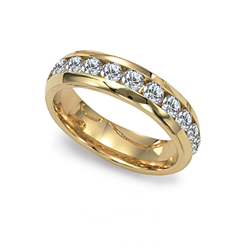

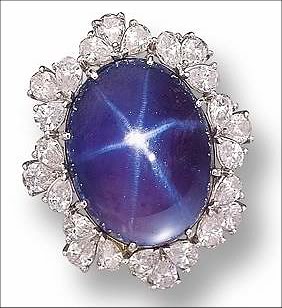

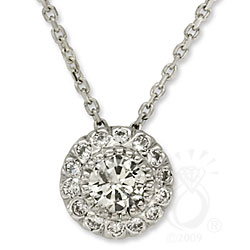
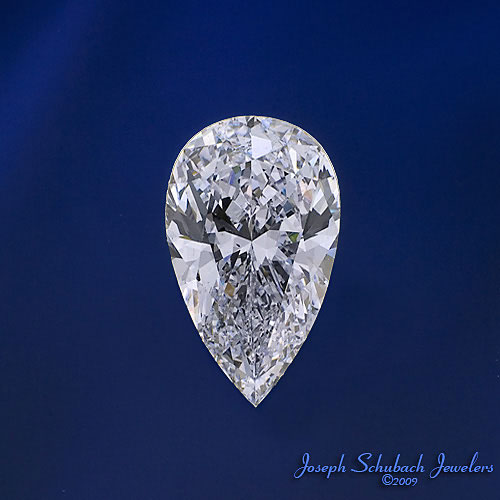

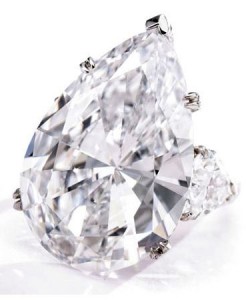 29ct D color, Flawless pear-shaped diamond ring offered at
29ct D color, Flawless pear-shaped diamond ring offered at 